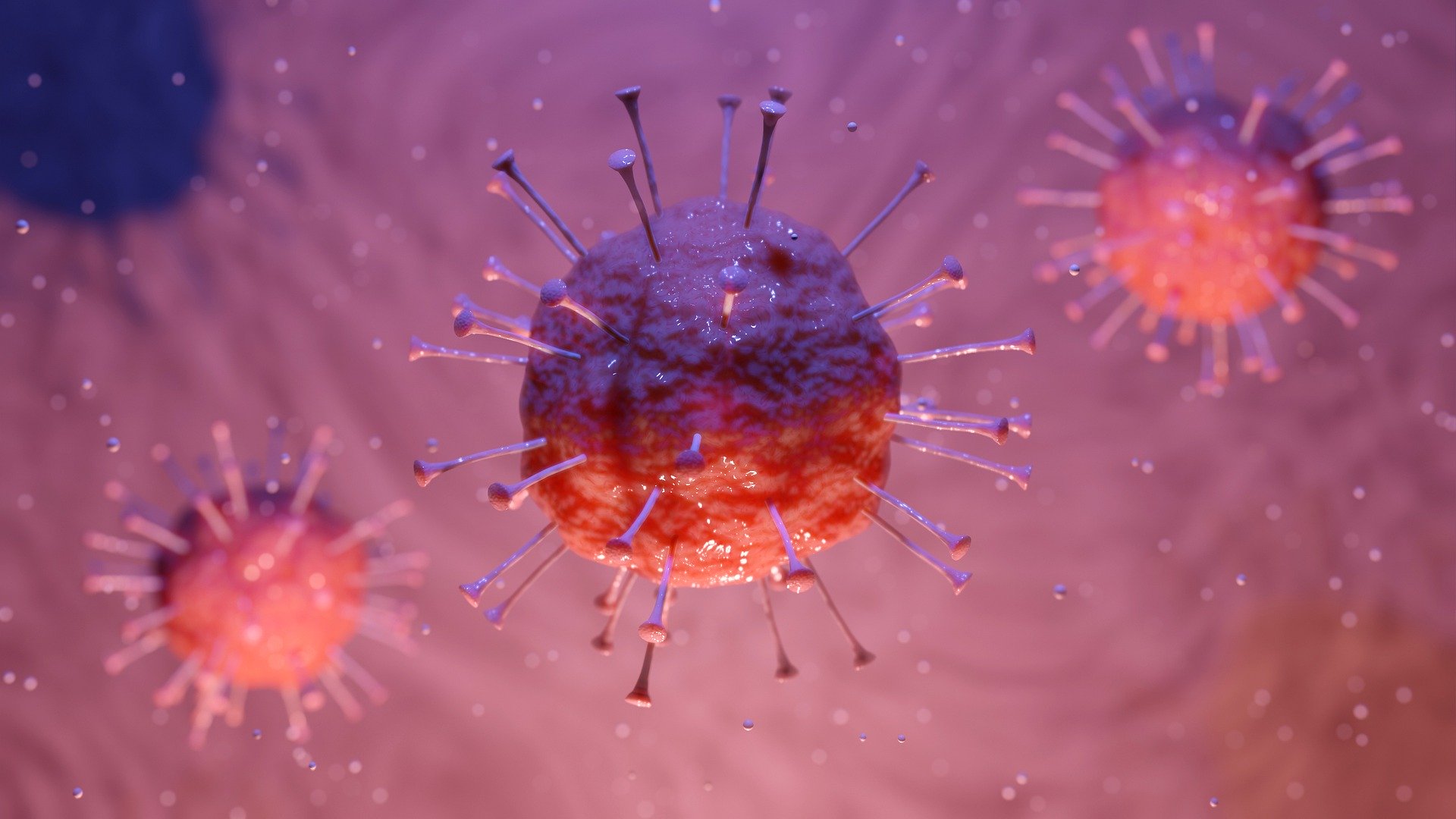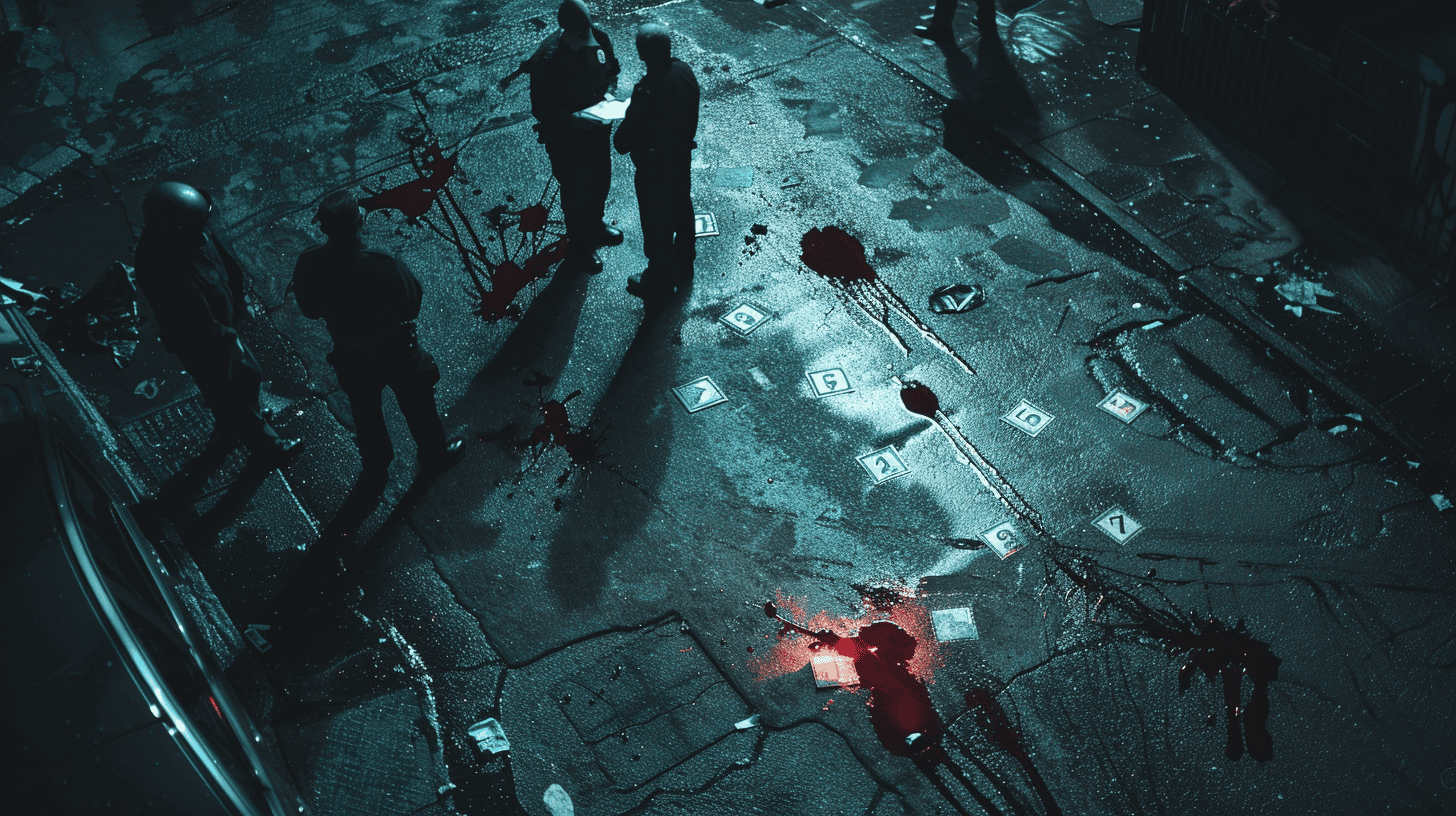
[Update] A yellow fever vaccine, which is already around 80 years old, also seems to work – in a modified form – against COVID-19. Virologists from the Rega Institute at the Belgian university KU Leuven have booked good results with this modified vaccine in tests on hamsters.
The Belgian researchers will begin the first clinical trials on humans at the end of this year.
Virus barely detectable after vaccination
The team led by Professor Johan Neyts and Dr. Kai Dallmeier started in January with the development of eight variants of a vaccine against the novel coronavirus. The trials identified one candidate vaccine that appears to work particularly well in hamsters. After the administration of this vaccine, the virus was no longer or barely detectable in the hamsters’ lungs.
A single dose already provides protection
“We saw up to half a million times less of the virus infection in the hamsters that received the candidate vaccine than in the hamsters from the control groups. The animals were also spared any lung infections. By contrast, the lungs of the test animals in the control groups were clearly damaged,” Neyts explains. What’s more, even a single dose of the candidate vaccine was enough to protect against the infection. This also occurred in several animals even within ten days of being vaccinated.
The candidate vaccine was produced based on the existing yellow fever vaccine and is thus able to trigger an immune response in both COVID-19 and yellow fever in the test animals. A piece of the genetic code of the SARS-CoV-2 virus was incorporated into the yellow fever vaccine. The team had already used this platform to make candidate vaccines against ebola, zika, and rabies.
‘Effectivity of the yellow fever vaccine has proven more than once’
“The effectivity of the yellow fever vaccine has been proven more than once,” Neyts goes on to explain. “It has already been in use for about eighty years and almost 800 million people have been vaccinated with it during that period. One dose of the vaccine results in lifelong protection against yellow fever. Of the more than 160 vaccines under development to combat COVID-19, we are the only ones who are using yellow fever as a basis.”
“In order to select the most potent of the eight prototype vaccines, we not only tested which prototype generates the most antibodies in hamsters but also which one offers the most effective protection against infection. This increases our chances of finding a successful candidate,” says Professor Neyts. “Only by using an infection model will you be able to find out if one or more doses are needed and how quickly the vaccine will be effective enough after vaccination.”
The candidate vaccine stimulates the body to produce antibodies against the corona virus’s protrusions, thereby preventing the virus from attaching itself to healthy cells.
Looking for manufacturing partners
Given that an experimental vaccine from a research laboratory cannot be administered to people straightaway, a specialist company accredited for that purpose now needs to manufacture the candidate vaccine. This is done according to the strictest quality standards. The team is currently in talks with manufacturing partners.
“If everything else continues to run smoothly, we expect to start the first clinical trials on humans by winter,” says Kai Dallmeier, who runs the vaccine team. “Normally it takes at least ten years to develop a vaccine. So, we worked at a very fast pace. And we are not alone: a lot of vaccines are being developed all over the world. That’s a good thing because at this stage it’s important to be able to bet on different horses.”
In an earlier release of this article, the suggestion was made that the vaccine being tested now is the eighty-year-old yellow fever vaccine. This is not accurate. It concerns a vaccine based on the old vaccine.





